
- What is human computer interaction?
Human-computer interaction is research in the design and the use of computer technology, which focuses on the interfaces between people and the computers. HCI researchers observe the ways humans interact with computers and design technologies that allows humans to interact with computers in novel ways.

- What is brain storming relating to human computer interaction?
Brain storming is a method design teams use to generate ideas to solve clearly defined designed problems. In controlled conditions and a free-thinking environment, teams approach a problem by such means as " How might we" questions.
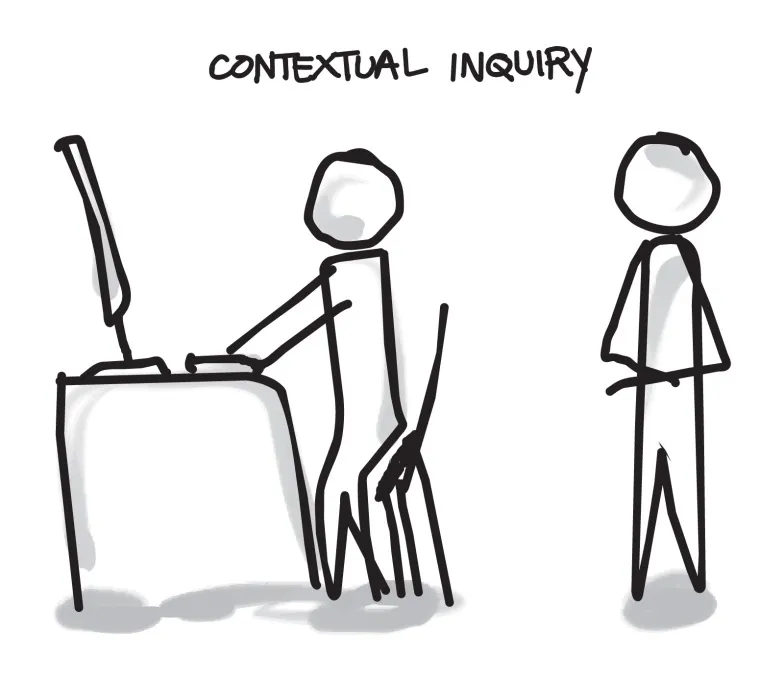
- What is contextual inquiry?
Contextual inquiry is a type of ethnographic field that involves In-depth observations and interviews of small sample of users to gain a robust understanding of work practices and behaviors.
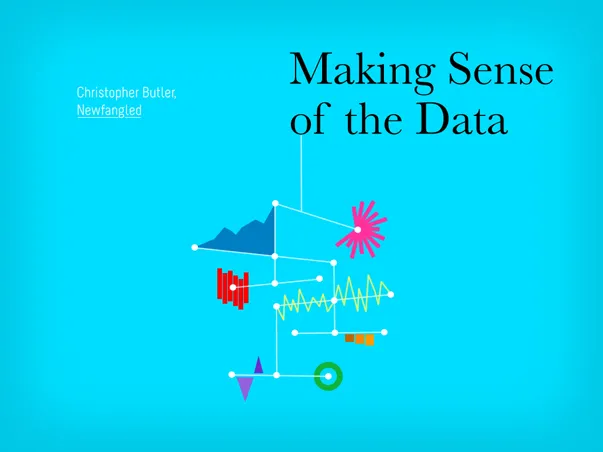
- What is making sense data?
Making sense of data educates readers on the steps and issues that need to be considered in order to successfully complete a data analysis Or data mining project. A step by step approach aids professionals in carefully analyzing data and implementing results, leading to the development of smarter business decisions.
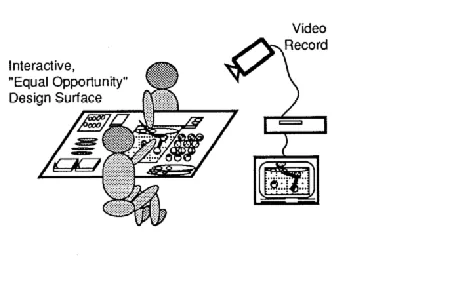
- What is dynamic prototype in human interaction?
A Prototype in human interaction is an early example, model, or release of a product built to test a concept or process or to act as a thing to be replicated or learned from.
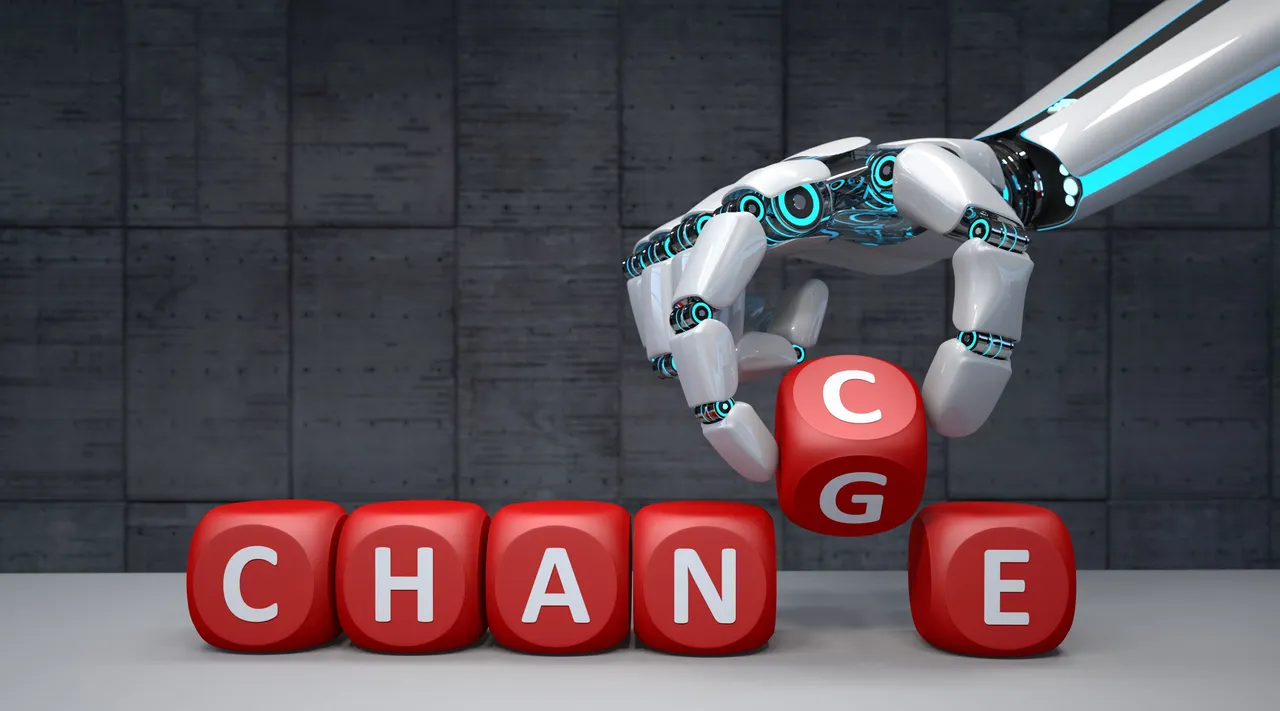
- Discuss the technology and change.
In economics,technological change is an increase in the efficiency of a product or process that results in an increase in an output, without in increase in input. Processes or products, such as a telephone, move to technological change in three stages:Invention, the creation of a new product or process.

- What is human computer interaction?
Human-computer interaction is research in the design and the use of computer technology, which focuses on the interfaces between people and computers. HCI researchers observe the ways humans interact with computers and design technologies that allow humans to interact with computers in novel ways.
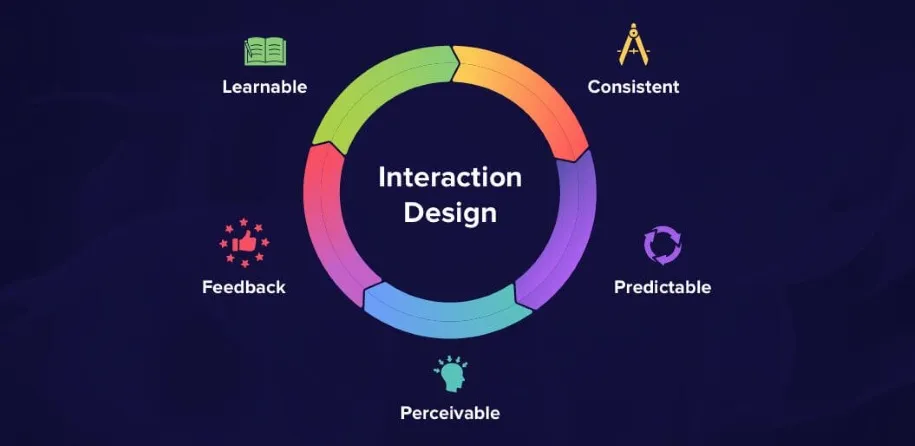
- Discuss the concepts of interaction design.
Interaction Design (IxD) is the design of interactive products and services in which a designer's focus goes beyond the item in development to include the way users will interact with it. Thus, close scrutiny of users' needs, limitations and contexts, etc. empowers designers to customize output to suit precise demands.
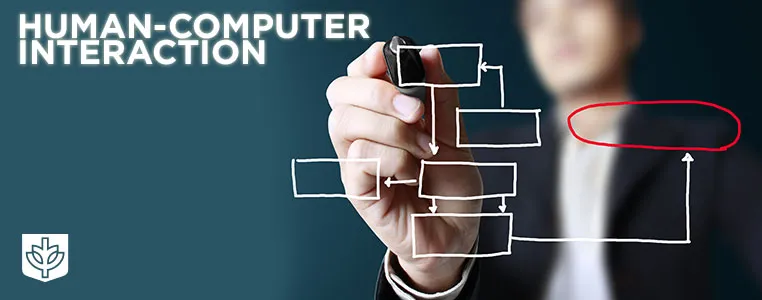
- Differentiate computer and human computer interaction.
A computer is a machine that can store and process information. Most computers rely on a binary system that uses two variables, 0 and 1, to complete tasks such as storing data, calculating algorithms, and displaying information while (HCI) is a multidisciplinary field of study focusing on the design of computer technology and, in particular, the interaction between humans (the users) and computers. While initially concerned with computers, HCI has since expanded to cover almost all forms of information technology design.
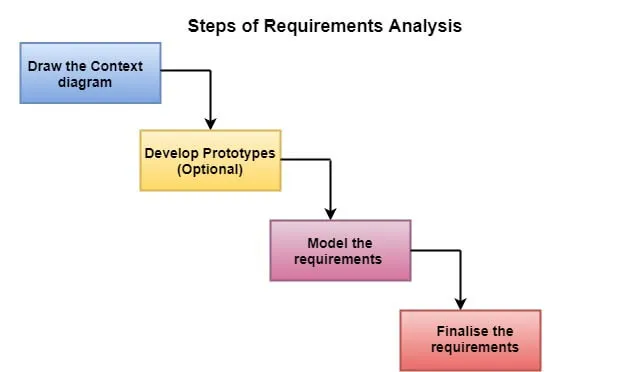
- Discuss data gathering and requirements analysis with focus in HCI aspects.
Requirement gathering which is also called as elicitation. This is followed by analyzing the collected requirements to understand the correctness and feasibility of converting these requirements into a possible product. And finally, documenting the requirements collected.Within the requirements activity, the purpose of data gathering is to collect sufficient, accurate, and relevant data so that a set of stable requirements can be produced; within evaluation, data gathering is needed in order to capture users' reactions and performance with a system or prototype.
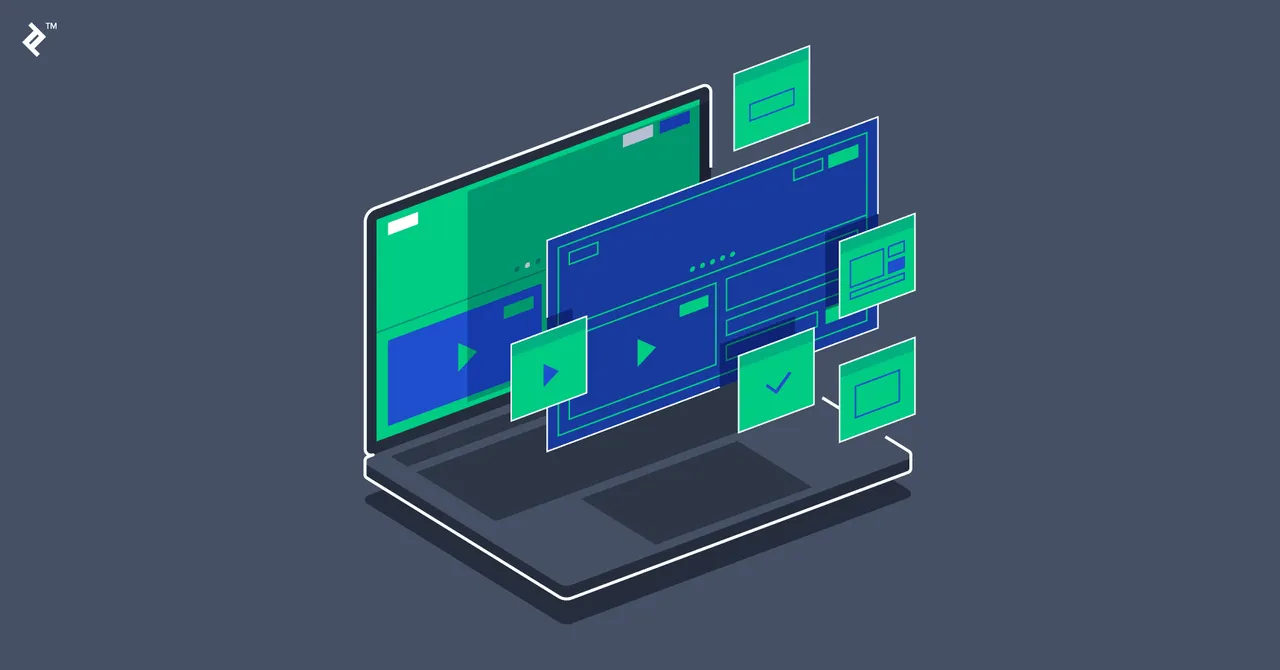
- What are interfaces design and prototyping?
Prototypes are an essential part of designing user flows and interfaces. They allow designers to show their design through an interactive and engaging product, resulting in a better understanding of the design for everyone involved.
A prototype is a simulation of the actual system. User interface prototypes are used to test the usability of the interface. Essentially, a prototype is a tool for defining and refining requirements.
User interface design or user interface engineering is the design of user interfaces for machines and software, such as computers, home appliances, mobile devices, and other electronic devices, with the focus on maximizing usability and the user experience.